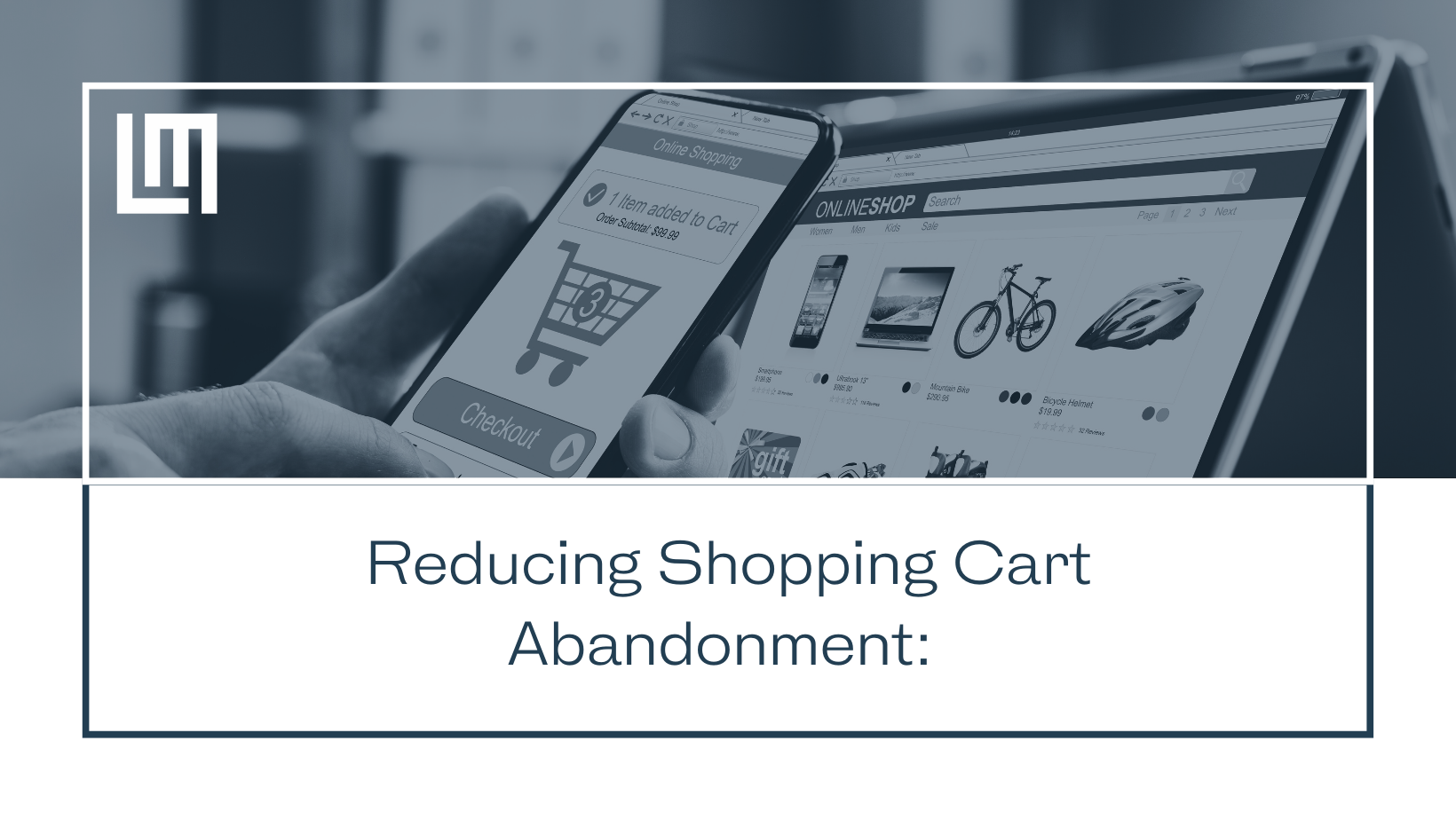Reducing Shopping Cart Abandonment: Strategies for E-Commerce Success
In the world of e-commerce, the path from browsing to purchase isn't always as straightforward as retailers would hope. Shopping cart abandonment is a common challenge that online businesses face, where customers add items to their carts but leave without completing the purchase.
This phenomenon not only results in lost sales but also undermines the potential growth of an e-commerce venture. In this blog, we'll delve into the reasons behind shopping cart abandonment and explore effective strategies to reduce it.
Understanding Shopping Cart Abandonment:
Shopping cart abandonment occurs when a customer adds items to their online shopping cart but doesn't proceed to complete the purchase. According to various studies, the average cart abandonment rate can be as high as 60-80%, depending on the industry and region. Understanding the underlying reasons for this behavior is crucial for devising effective solutions.
Common Reasons for Shopping Cart Abandonment
Unexpected Costs: Hidden shipping fees, taxes, and additional charges that pop up during the checkout process can catch customers off guard, leading them to abandon their carts.
Complicated Checkout Process: A lengthy and confusing checkout process can discourage customers from completing their purchase. Requiring too much information or too many steps can create friction.
Lack of Trust: Customers may hesitate to provide personal and financial information if they don't trust the website's security. A lack of trust indicators like secure payment symbols and customer reviews can contribute to abandonment.
Price Comparison: Online shoppers are savvy and often compare prices across different platforms. If they find a better deal elsewhere, they might abandon their cart on your site.
Limited Payment Options: Offering a limited range of payment methods might alienate customers who prefer a specific option they're comfortable with.
Website errors, slow loading times, and technical glitches can frustrate customers and push them to abandon their carts.
Strategies to Reduce Shopping Cart Abandonment
Transparent Pricing: Display all costs, including taxes and shipping fees, upfront. Avoid surprising customers with additional charges during the checkout process.
Simplified Checkout Process: Streamline the checkout process to as few steps as possible. Consider offering guest checkout options to avoid forcing users to create an account.
Trust and Security: Display trust signals such as SSL certificates, security badges, and customer reviews prominently on your website. Assure customers that their data is secure.
Exit-Intent Popups: Implement exit-intent popups that offer discounts or incentives to customers who are about to abandon their carts. This can entice them to complete the purchase.
Abandoned Cart Emails: Send automated emails to remind customers about their abandoned carts. Include a clear call-to-action and possibly offer a discount or promotion to encourage them to return and complete the purchase.
Mobile Optimization: Ensure your website is mobile-friendly, as an increasing number of shoppers are making purchases from their smartphones. A seamless mobile experience can reduce cart abandonment.
Clear Return Policy: Provide a transparent and hassle-free return policy. Knowing they can easily return items if needed can make customers more confident in their purchase decision.
Personalization: Implement personalized product recommendations based on customers' browsing and purchase history. This can help keep them engaged and interested in completing the purchase.
Conclusion:
Shopping cart abandonment is a common challenge in the e-commerce landscape, but it's not insurmountable. By understanding the reasons behind abandonment and implementing strategic solutions, online retailers can significantly reduce their cart abandonment rates.
Transparent pricing, a simplified checkout process, trust-building measures, and personalized approaches can all contribute to a more seamless shopping experience, ultimately leading to increased conversions and e-commerce success. Remember, optimizing the customer journey and addressing their concerns can pave the way for long-term customer loyalty and satisfaction.
Tagged as: Reducing Shopping Cart Abandonment
Share this post:


